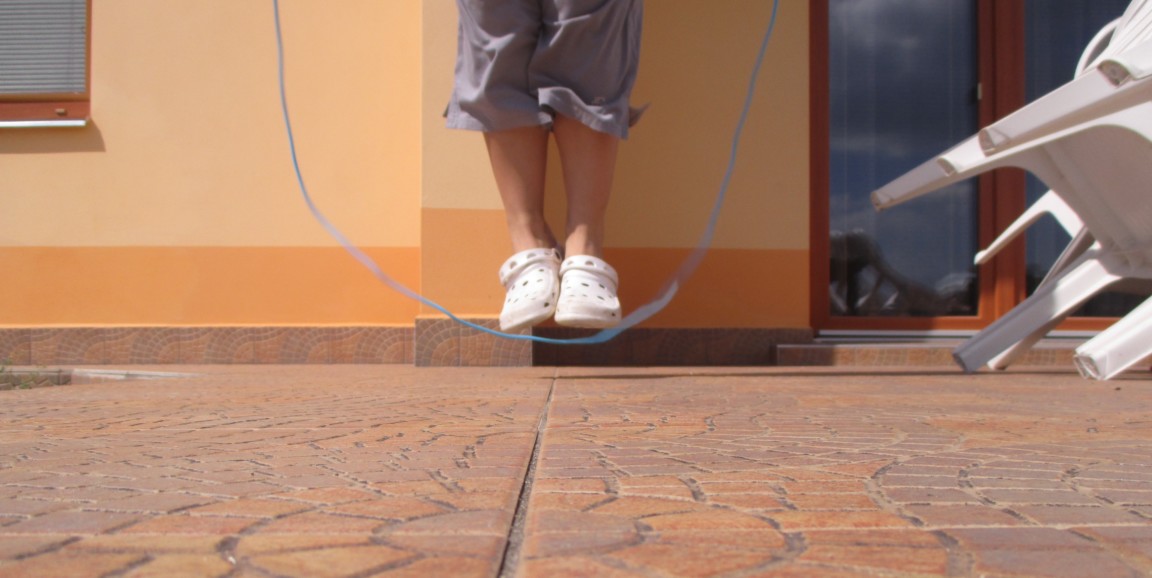Study after study confirms the benefits of exercise: Physically active people feel happier, get more sleep and have a lower risk of developing diabetes, heart disease, and many cancers. It's one of the most important things anyone can do to improve their health.
But knowing all that hasn't gotten us off the couch.
In 2015, only about one-half of U.S. adults and one-quarter of high school students and children reported meeting the age-specific federal guidelines for aerobic physical activity.
Here's the good news: It just takes a little push -- when it's the right sort of push -- to exercise more, Stanford's Abby King, PhD, writes in the American College of Sports Medicine's journal, Medicine and Science in Sports and Exercise.
"You don't need fancy equipment. There's a lot of things you can do to build more activity into your day," she said. "The trick is, how can we get these strategies out to the American public and find ways of building those strategies into people's daily lives?"
King, a professor of health research and policy and of medicine, chaired a scientific subcommittee reviewing more than 100 articles on physical activity promotion in preparation for the 2018 U.S. Physical Activity Guidelines.
These were some of the takeaways:
- When using a wearable activity monitor, setting a goal helps
Walking is an easy way to fit in a little more activity into your day, and simply tracking your steps can motivate you to move more, King said. But activity monitors are even more effective when paired with a realistic goal. And there's no magic number to hit (like 10,000 steps.)
"Whatever you're doing in terms of your steps during the day, you just want to increase that. If you're doing 4,000 steps a day on average, shoot the following week for 5,000 steps. These smaller increments can be very effective," King said.
- For school children, some gym classes are better than others
During a typical hour-long physical education class in the U.S., children may only be active for five to seven minutes, King said. The rest of the time, they're hearing instructions, watching a demonstration or waiting in line.
"That's not the kind of PE that's going to help kids get fit, help them control their weight and help lift their mood," King said.
Redesigning the curriculum to focus less on competition and more on learning skills that keep kids moving throughout the class can be highly effective, she said.
- Your environment matters
People don't realize how much their physical surroundings affect their activity levels and well-being, King said. They found things like ready access to stairs, parks, trails and safe outdoor spaces help people move more.
"For kids, one of the best enablers of getting them more active is simply to push them outdoors. Just get them outdoors and they will naturally find things to do that will require moving around."
- Standing desks work
King's group also looked at the science on sedentary behavior, which, on its own, can hurt your health. A study of office workers found that sit-stand desks reduced their sitting time and improved employees' moods, with the added benefit that people who stand are also more likely to move around, she said.
"It's easier to go from standing to walking than it is from sitting to walking," she said.
Now that it's clear what exercise promotion strategies work, the challenge is getting out the message and figuring out how to build them into people's lives, King said.
"Implementation science is a whole new field that's getting a lot of attention these days. What are the best ways to implement these programs in school and university settings, in local neighborhoods, and in cities and counties?" King said. "We need to put into action and implement what we know works."
Photo by Sharky




